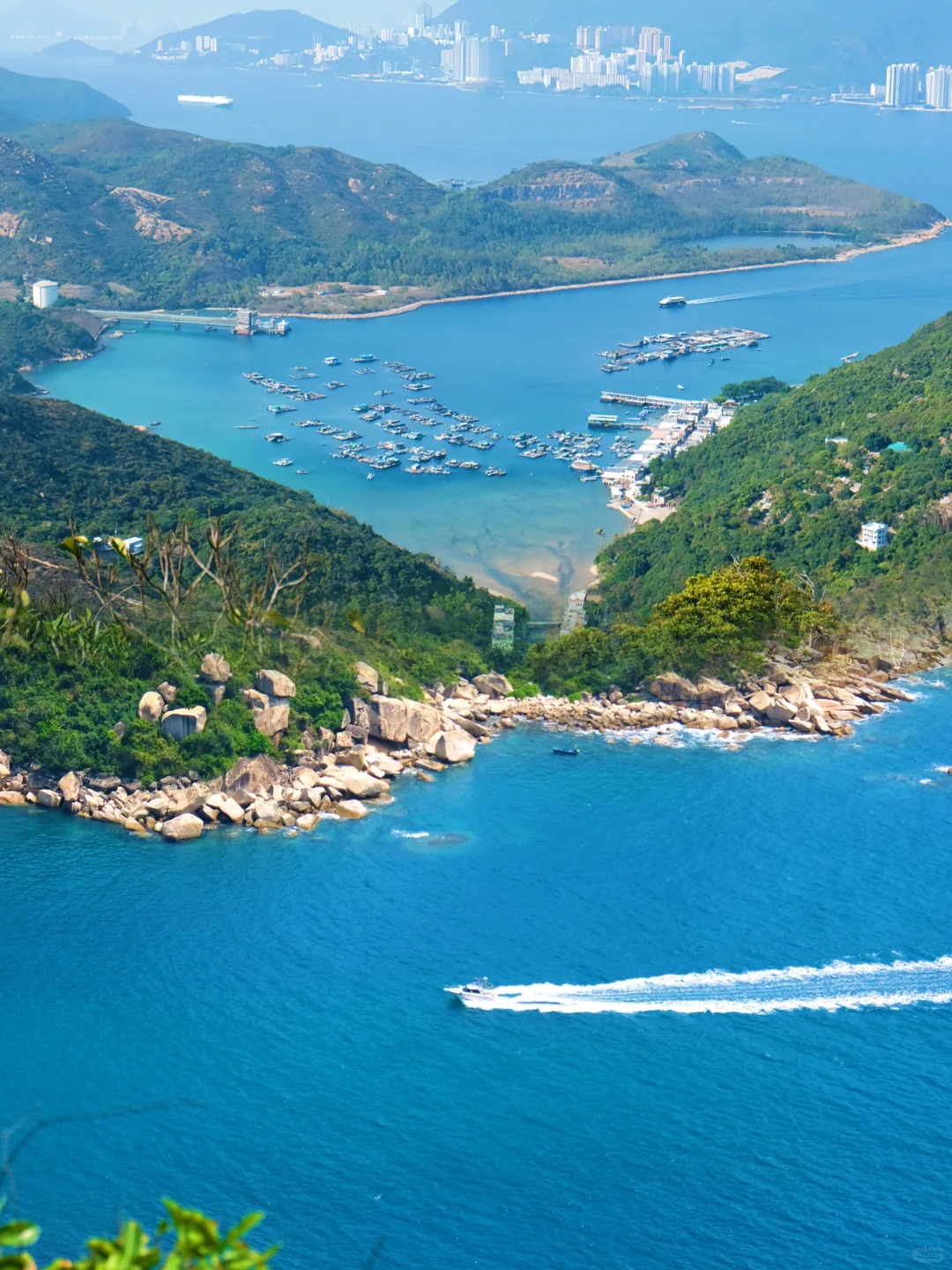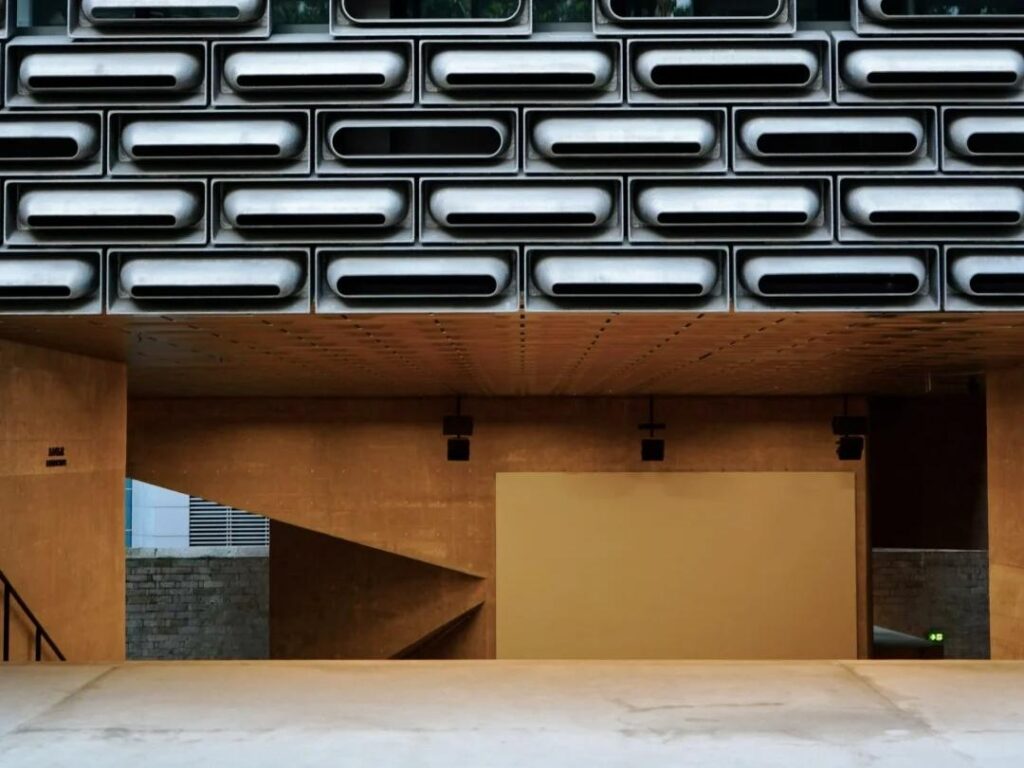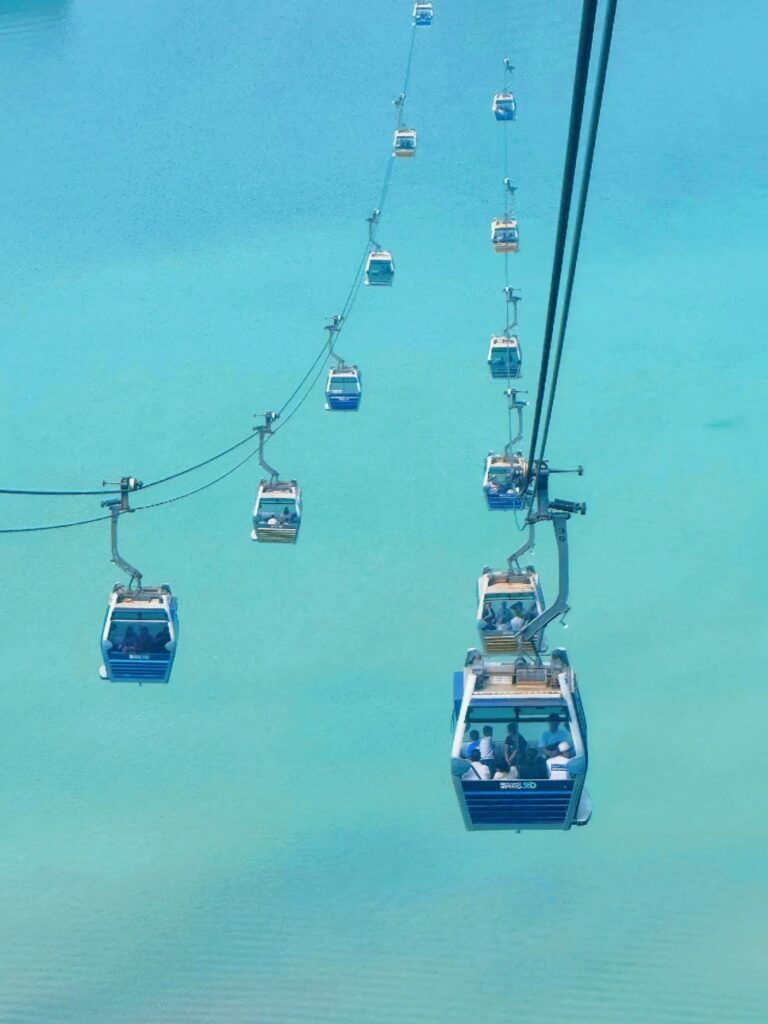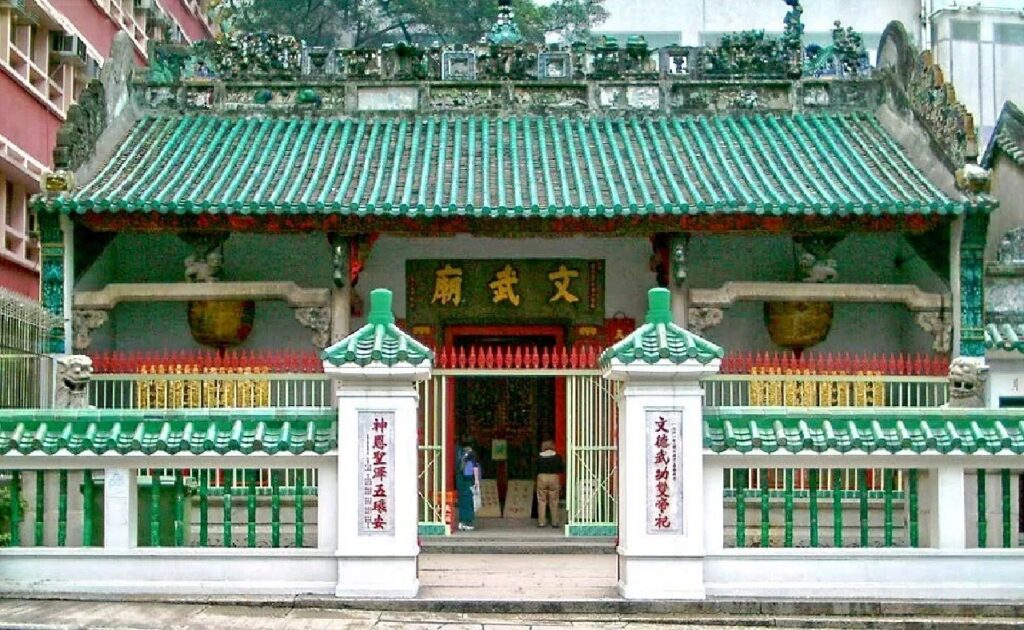Visiting Information
| Information | Details |
|---|---|
| Chinese Name | 南丫島 (Nán Yà Dǎo) |
| Location and Address | Lamma Island, Hong Kong |
| Opening Hours | 24/7 (individual businesses may have different hours) |
| Entrance Fee | Free to visit the island |
| How to Get There | By Ferry: From Central Pier 4 to Yung Shue Wan or Sok Kwu Wan By Kai-to: From Aberdeen to Sok Kwu Wan (No direct bus or MTR access; no cars on the island) |
| Best Time for Visit | October to December for pleasant weather and outdoor activities |
| Contact Info | Hong Kong Tourism Board Hotline: +852 2508 1234 Email: [email protected] |
Overview
Lamma Island is the third largest island in Hong Kong, known for its laid-back atmosphere, beautiful beaches, hiking trails, and seafood restaurants. It offers a stark contrast to the bustling city life of Hong Kong, making it a popular destination for both locals and tourists seeking a tranquil getaway.
Historical Background
Lamma Island has a rich history dating back to the Neolithic period. Archaeological findings suggest human settlement on the island as early as 4000 BC. Throughout its history, the island has been known by various names, including Pok Liu Chau and Nama Island. It has traditionally been a fishing community, with agriculture playing a significant role in its past. In recent decades, Lamma has transformed into a popular residential area for expatriates and a beloved day-trip destination, while still maintaining much of its traditional charm and natural beauty.
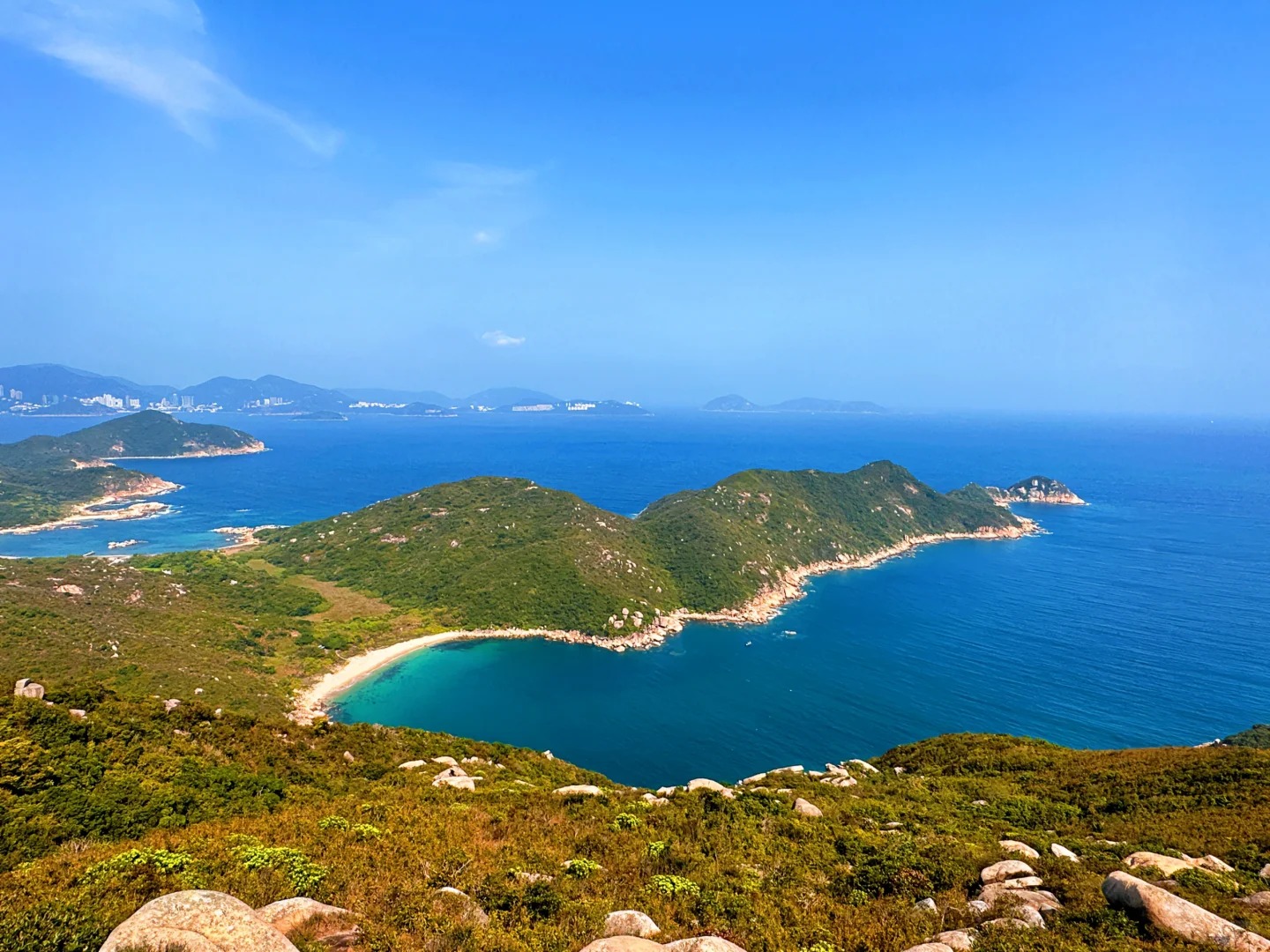
Architectural Features
- Traditional Village Houses: Lamma Island features numerous traditional Chinese village houses, particularly in the main villages of Yung Shue Wan and Sok Kwu Wan. These low-rise buildings, often with tiled roofs and open courtyards, offer a glimpse into the island’s rural past and stand in stark contrast to Hong Kong’s high-rise urban landscape.
- Tin Hau Temple: Located in Yung Shue Wan, this temple dedicated to Tin Hau, the goddess of the sea, is an important architectural and cultural landmark. Its traditional Chinese design, with ornate roof decorations and vibrant colors, exemplifies the island’s maritime heritage and religious traditions.
- Lamma Winds: While not traditional architecture, the Lamma Winds wind turbine is a notable modern structure on the island. Standing at 71 meters tall, it’s Hong Kong’s first commercial wind power station and has become an iconic part of Lamma’s skyline, blending renewable energy technology with the island’s natural environment.
- Waterfront Promenades: The coastal areas of Yung Shue Wan and Sok Kwu Wan feature charming waterfront promenades lined with seafood restaurants and small shops. These areas showcase a blend of traditional fishing village architecture with more modern amenities, creating a unique aesthetic that captures Lamma’s evolution over time.
Cultural Importance
Lamma Island holds significant cultural importance as a representation of Hong Kong’s diverse heritage. It serves as a living example of the territory’s fishing village roots and offers a contrast to the urban lifestyle of Hong Kong Island. The island’s commitment to environmental conservation, evident in its car-free policy and the Lamma Winds project, reflects a growing eco-conscious culture. Lamma’s multicultural community, blending local Chinese traditions with Western influences, has created a unique cultural tapestry that attracts artists, writers, and those seeking an alternative lifestyle within Hong Kong.
Surrounding Attractions
- Hung Shing Yeh Beach: This is one of the most popular beaches on Lamma Island, located near Yung Shue Wan. It features clean sand, clear water, and BBQ pits, making it an ideal spot for swimming, sunbathing, and picnicking. The beach is equipped with changing rooms, showers, and lifeguard services during peak seasons.
- Sok Kwu Wan Fish Farming Zone: Located near the village of Sok Kwu Wan, this area offers visitors a chance to see traditional fish farming methods up close. Floating platforms and submerged cages are used to raise a variety of fish species, providing insight into an important aspect of Lamma’s economy and heritage.
- Kamikaze Caves: These caves, located on the northwestern part of the island, are remnants from World War II. They were reportedly used by the Japanese military to hide speedboats for suicide missions. Today, they serve as a historical site, offering visitors a glimpse into the island’s wartime past.
- Lo So Shing Beach: This secluded beach is less crowded than Hung Shing Yeh and offers a more tranquil environment. It’s an excellent spot for those seeking a quieter beach experience, with facilities including changing rooms and BBQ pits. The beach is surrounded by lush greenery, adding to its peaceful atmosphere.
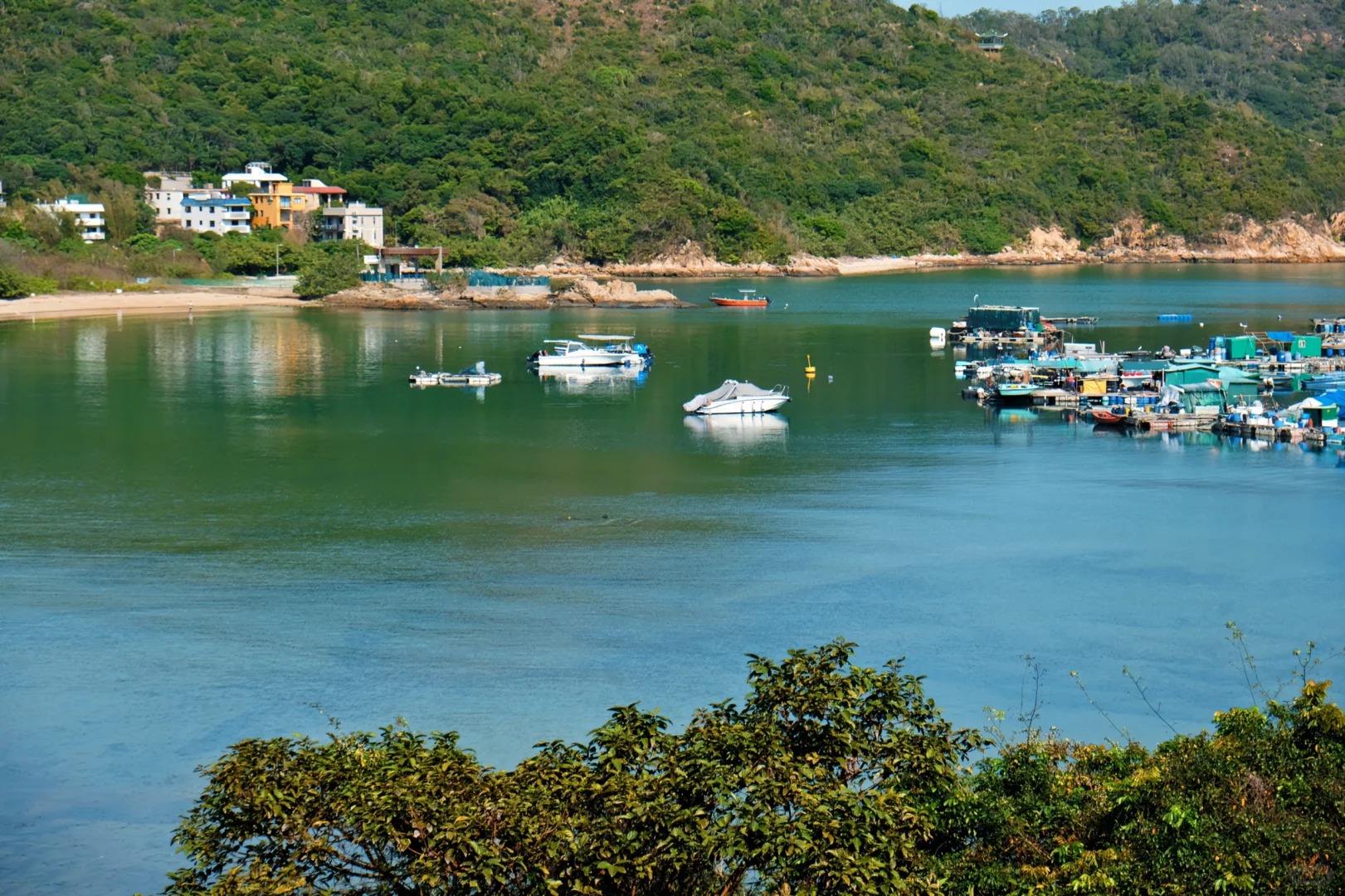
Photography Opportunities
- Scenic Hiking Trails: The Family Trail connecting Yung Shue Wan and Sok Kwu Wan offers numerous vantage points for landscape photography. Hikers can capture panoramic views of the South China Sea, neighboring islands, and Lamma’s lush interior. The trail also passes by traditional villages and the iconic Lamma Winds turbine, providing diverse subjects for photographers.
- Sunset at Sok Kwu Wan: The eastern facing bay of Sok Kwu Wan provides stunning sunset views. Photographers can capture the golden light reflecting off the water, silhouetting the fishing boats and floating restaurants in the bay. This scene perfectly encapsulates the island’s maritime charm and relaxed atmosphere.
- Traditional Village Life: The main villages of Yung Shue Wan and Sok Kwu Wan offer excellent opportunities for street and cultural photography. Capture the colorful storefronts, local markets, and daily life of residents against the backdrop of traditional architecture. The absence of cars adds to the unique visual appeal of these village scenes.
- Beach and Nature Shots: Lamma’s beaches and natural landscapes provide endless possibilities for nature photography. From the sandy shores of Hung Shing Yeh Beach to the rocky coastlines and dense forests inland, photographers can capture Hong Kong’s natural beauty in its most unspoiled form. Wildlife enthusiasts might also spot and photograph some of the island’s native species.
Modern Importance
- Eco-tourism Destination: Lamma Island has become an important eco-tourism destination in Hong Kong. Its car-free policy, numerous hiking trails, and the Lamma Winds project showcase sustainable living practices and provide an educational experience for visitors interested in environmental conservation.
- Cultural Diversity Hub: The island has evolved into a melting pot of cultures, attracting a diverse community of locals, expatriates, and artists. This multicultural environment has made Lamma an important center for creative expression and alternative lifestyles within Hong Kong, contributing to the territory’s cultural diversity.
- Sustainable Energy Showcase: The Lamma Winds turbine and the nearby Lamma Power Station serve as important examples of Hong Kong’s efforts in sustainable energy production. These installations make the island a significant site for understanding and promoting renewable energy initiatives in the region.
- Preservation of Traditional Industries: Despite modernization, Lamma Island continues to support traditional industries like fishing and small-scale agriculture. This preservation of heritage industries alongside modern developments makes the island an important case study in balancing progress with tradition in rapidly developing urban areas.
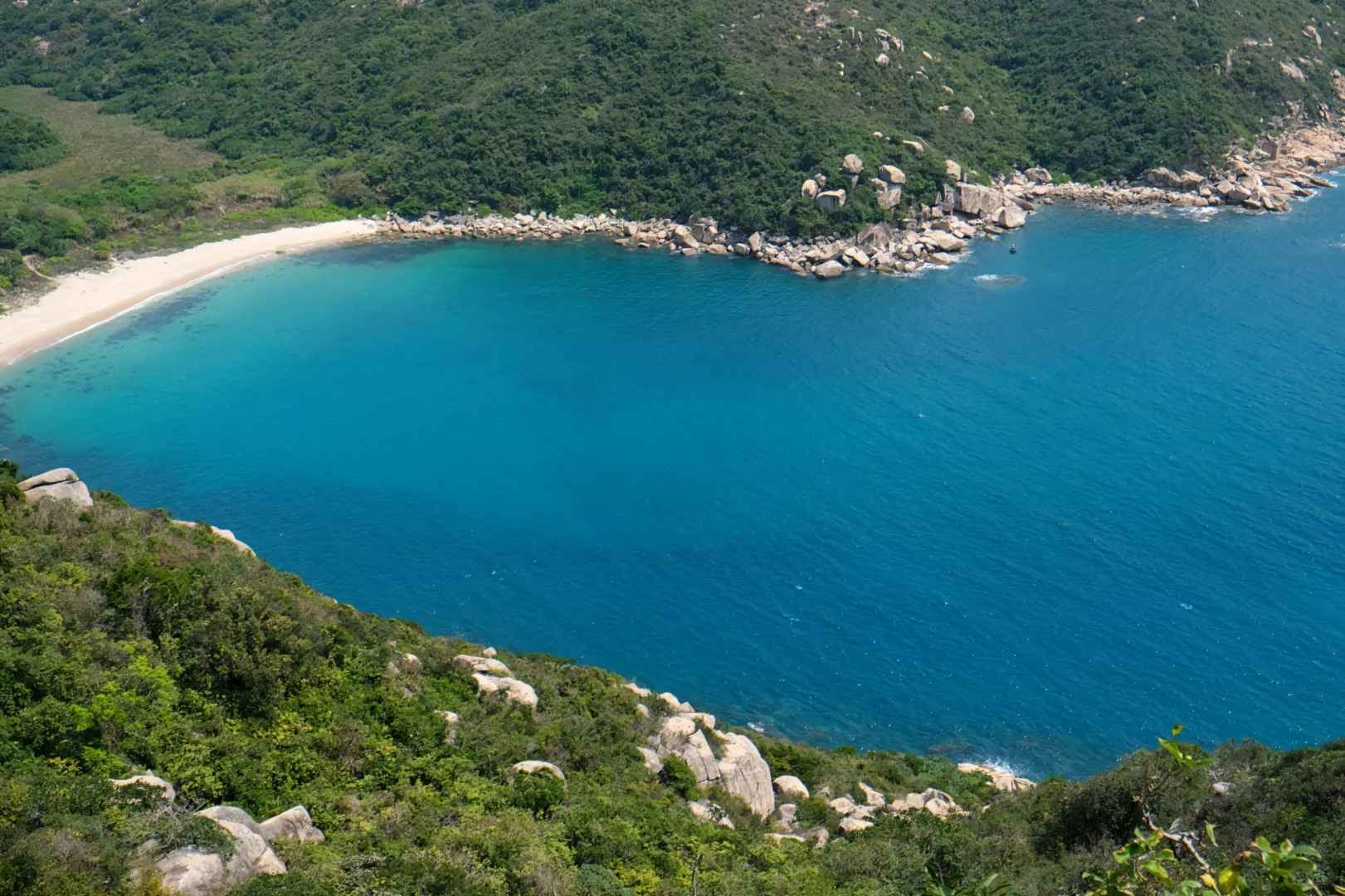
FAQ
- What is Lamma Island famous for?
Lamma Island is famous for its laid-back atmosphere, beautiful hiking trails, pristine beaches, excellent seafood restaurants, and as an eco-friendly getaway from bustling Hong Kong. - What’s inside Lamma Island?
Lamma Island features traditional fishing villages, beautiful beaches, hiking trails, seafood restaurants, the Lamma Winds turbine, Tin Hau Temple, and various small local businesses and cafes. - Is Lamma Island free?
Yes, visiting Lamma Island is free. However, you’ll need to pay for ferry transportation to reach the island, and individual businesses like restaurants and shops have their own charges. - Is Lamma Island worth visiting?
Yes, Lamma Island is definitely worth visiting for its natural beauty, relaxed atmosphere, delicious seafood, and as a contrast to the urban environment of Hong Kong. - What to do in Lamma Island?
On Lamma Island, you can hike scenic trails, relax on beaches, try fresh seafood, visit the Tin Hau Temple, see the Lamma Winds turbine, explore local villages, and enjoy water activities. - How do I get to Lamma Island in the local city?
In Hong Kong, you can reach Lamma Island by taking a ferry from Central Pier 4 to either Yung Shue Wan or Sok Kwu Wan. There’s also a kai-to service from Aberdeen to Sok Kwu Wan. - How to visit Lamma Island?
To visit Lamma Island, take a ferry from Hong Kong Island, then explore on foot or by bicycle. You can hike between villages, visit beaches, try local restaurants, and enjoy the natural scenery. It’s best to plan a full day to fully experience the island’s attractions.


